All business leaders want to have clear and efficient systems and processes documented in an easy-to-use and always-updated tool. But how do you build your “Business Playbook” if your processes aren’t even close to “clear and efficient” yet?
The answer: You don’t.
Now, there are certainly exceptions to the rule, such as if you need to urgently train someone or delegate a key process to another team member. In those cases, it does make sense to go ahead and create some “good enough” videos or process documents, just to get the job done for the time-being.
However, if your processes are truly broken and wildly inefficient, it makes sense to spend time identifying and analyzing how you’re doing things today so you can find opportunities to clarify and improve your systems and processes. Because if you write down the broken way to do things, you’re just going to further solidify those inefficiencies and pass them on to the next generation of employees.
When tackling broken process, we recommend the following steps:
Identify the broken processes. This can be done through a combination of interviews and observations.
Prioritize the processes to target first. Which ones are costing you the most? Which ones, if addressed, would bring the greatest return on investment? That’s where you start.
Gather the team. Identify at least one representative from each team that is a part of the process to participate in the process improvement project. THIS IS ESSENTIAL.
Map the existing process. Hold a meeting with your identified team members to visually map out the EXISTING process step-by-step. You’ll likely come up with all kinds of ways you can make things better during this conversation, but just write them down for later.
Analyze the process to find opportunities. Review how you’re doing things and flag the parts that are inefficient, could be automated, or just plain suck. Ideally, you should identify how to measure the success of the changes you’re making so you can check for success at the end.
Map the new process. Now that you know what you want to fix, create a new version of your process map to represent the changes you’ll make.
Implement the changes. This could be implementing new software, communicating policy/process changes to your team, or completely restructuring a team. This is could be a 5-minute task or a 5-month project.
Test, monitor, and adjust. Your changes might not work exactly the way you’d hoped. You need to spend some time assessing whether you’re getting the result you’re looking for and making tweaks, as necessary.
Document the new process. Now that you have clarity on how things “should” work, you can start writing down the step-by-step of how things work.
If you’ve got someone on your team who’s great at facilitating a project like this, great! If not, it’s definitely worth the investment to get an outside expert to come in and look at things with a fresh perspective.
One-by-one you can fix each of the key processes in your business and get them documented and communicated to your team and watch your team’s efficiency soar.
It’s great fun.
